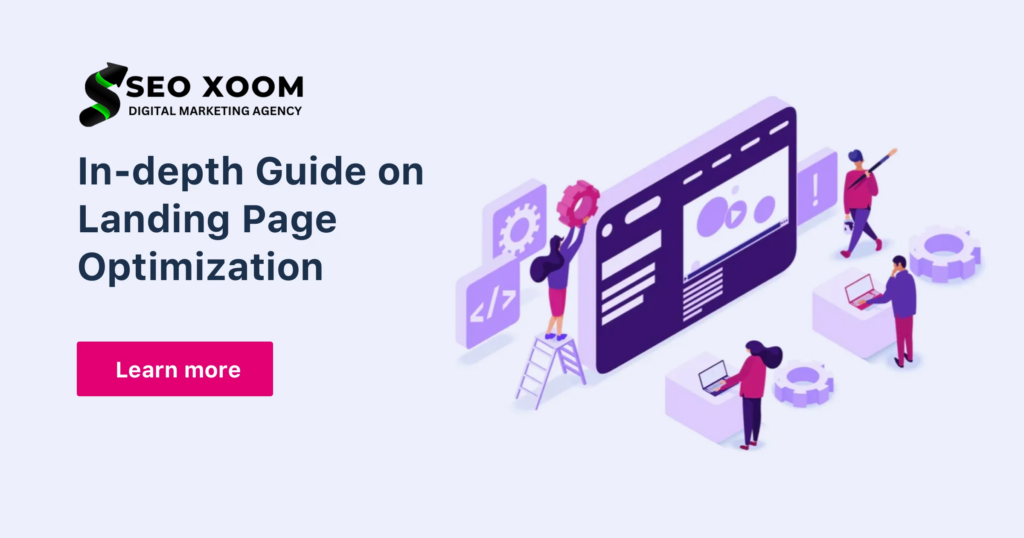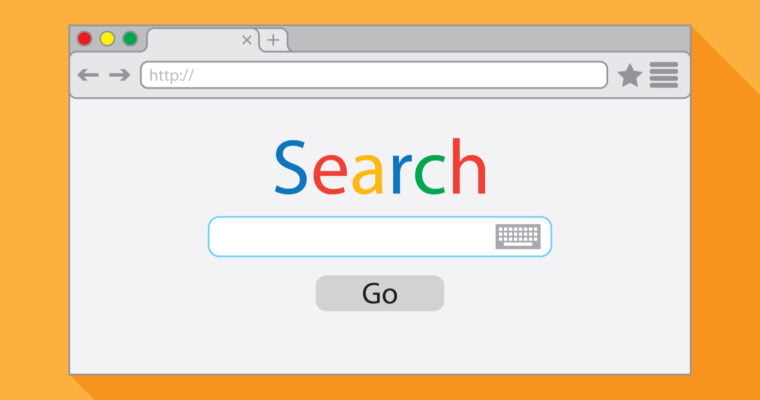- Introduction
- What is a Landing Page?
- The Importance of Optimizing Landing Pages
- a. Improved User Experience
- b. Increased Conversions
- c. Better Search Engine Rankings
- Tips for Optimizing Landing Pages
- a. Keep it Simple and Focused
- b. Use Clear and Concise Headings and Subheadings
- c. Use High-Quality Images and Videos
- d. Make the Call-to-Action (CTA) Stand Out
- e. Use Social Proof
- f. Optimize for Mobile Devices
- Best Practices for A/B Testing
- Conclusion
Creating a landing page that offers a seamless user experience can be a challenging task. Landing pages are crucial for converting visitors into customers or leads, and therefore it’s important to make sure they are optimized effectively. In this article, we will discuss how to optimize your landing pages to provide a seamless user experience.
What is a Landing Page? A landing page is a web page that a visitor lands on after clicking on an advertisement or search result. The main objective of a landing page is to convert visitors into leads or customers. A good landing page should have a clear call-to-action, offer value to the visitor, and be relevant to the ad or search query that brought them there.
The Importance of Optimizing Landing Pages
Optimizing landing pages is crucial for several reasons.
- a. Improved User Experience
A good landing page should provide a seamless user experience. Visitors should be able to easily find what they are looking for and understand the purpose of the page. If the user experience is poor, visitors are likely to leave the page and look elsewhere. - b. Increased Conversions
Optimizing your landing page can significantly increase your conversion rates. A well-designed landing page can influence a visitor’s decision to take action, whether it’s making a purchase or filling out a form. - c. Better Search Engine Rankings
Search engines like Google take into account the user experience of a landing page when ranking search results. A well-optimized landing page can improve your search engine rankings, resulting in increased visibility and traffic.
Tips for Optimizing Landing Pages
Here are some tips for optimizing your landing pages:
- a. Keep it Simple and Focused
A cluttered landing page can be overwhelming and confusing for visitors. Keep your landing page design simple and focused on the main objective. Avoid including too many distractions, such as links to other pages or unnecessary images. - b. Use Clear and Concise Headings and Subheadings
Clear and concise headings and subheadings can help visitors quickly understand the purpose of your landing page. Use descriptive and benefit-focused headlines that clearly convey the value proposition of your product or service. - c. Use High-Quality Images and Videos
Visual content, such as high-quality images and videos, can help engage visitors and improve the user experience. Use relevant and high-quality visuals that support your messaging and make your landing page more appealing. - d. Make the Call-to-Action (CTA) Stand Out
Your call-to-action (CTA) should be easy to find and stand out on the page. Use a contrasting color for the CTA button and make sure it’s prominently displayed. - e. Use Social Proof
Social proof, such as customer reviews or testimonials, can help build trust and credibility with visitors. Include social proof on your landing page to reinforce the value of your product or service. - f. Optimize for Mobile Devices
With the increasing use of mobile devices, it’s essential to optimize your landing page for mobile users. Make sure your landing page is mobile-friendly and easy to navigate on smaller screens.
Best Practices for A/B Testing
A/B testing is a powerful way to optimize your landing pages. Here are some best practices for A/B testing:
- a. Test One Variable at a Time
When conducting an A/B test, it’s important to test one variable at a time. This allows you to isolate the impact of each variable and make informed decisions based on the results. - b. Use a Large Sample Size
To ensure the accuracy of your A/B test results, it’s important to use a large enough sample size. The sample size should be statistically significant to ensure that the results are not due to chance. - c. Set Clear Goals and Metrics
Before conducting an A/B test, it’s important to define clear goals and metrics. This will help you measure the impact of the changes you make to your landing page. - d. Be Patient and Consistent
A/B testing requires patience and consistency. It’s important to run tests for a sufficient amount of time to gather enough data to make informed decisions.
Conclusion
Optimizing landing pages is crucial for improving user experience, increasing conversions, and improving search engine rankings. By following the tips and best practices outlined in this article, you can create landing pages that offer a seamless user experience and achieve your marketing goals.
FAQs
A. A landing page is a standalone web page with a specific goal, while a website is a collection of web pages that form a larger online presence.
A. You can measure the effectiveness of your landing page by tracking key metrics, such as conversion rates, bounce rates, and time on page.
A. It’s generally recommended to include one primary CTA on your landing page. Including too many CTAs can be distracting and reduce the effectiveness of your page.
A. Social proof refers to the influence that the actions and opinions of others have on our own behavior. Examples of social proof include customer reviews, testimonials, and social media shares.
A. The frequency of A/B tests depends on your specific goals and the amount of traffic your landing page receives. It’s generally recommended to conduct tests on a regular basis to continuously improve the performance of your landing pages.




